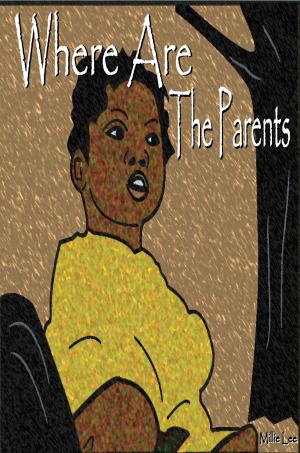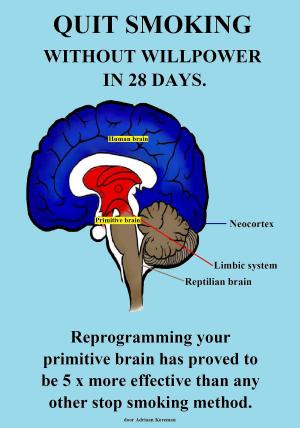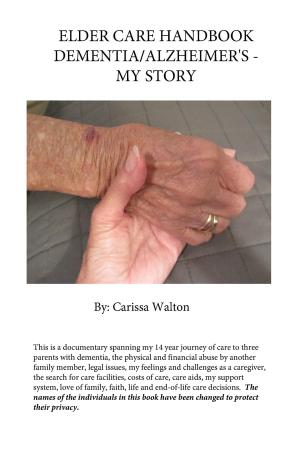Intimate Partner Violence: A Culturally Competent Approach to Clinical Training and Treatment
Nonfiction, Health & Well Being, Psychology, Clinical Psychology, Social & Cultural Studies, Social Science, Gender Studies, Feminism & Feminist Theory, Family & Relationships, Family Relationships, Abuse| Author: | Bill Johnson II | ISBN: | 9781513013619 |
| Publisher: | Bill Johnson II | Publication: | August 21, 2015 |
| Imprint: | Language: | English |
| Author: | Bill Johnson II |
| ISBN: | 9781513013619 |
| Publisher: | Bill Johnson II |
| Publication: | August 21, 2015 |
| Imprint: | |
| Language: | English |
Spousal violence, or domestic violence as it is commonly referred to, is a social problem that occurs among people of all cultures, religious affiliations, sexual orientations and socioeconomic statuses. Although males and females are both reported as the perpetrators of domestic violence, males are most often the identified client in batterer intervention programs. The etiologies and causes of battering are also very different for men and women and thus the treatment approaches have been conceptualized differently according to gender. The treatment of choice for men who abuse their partners is Batterer Intervention Programs (BIPS). These programs are designed for men arrested for domestic violence or for men who would be arrested if their abusive actions were public.
BIPs have been broadly criticized as being less effective for people of color. Two reasons have been posited for the ineffectiveness of traditional batterer’s treatment regarding African American males. The first reason is a lack of cultural competence among practitioners in batterer’s intervention services (Kanuha, 1994; Williams, 1994; Kupenda, 1998; Asbury, 1999). In effect, these practitioners have received little or no cultural-sensitivity training. The second reason is that the current interventions in partner abuse treatment are often defined by theories of domestic violence arising out of a singular point of view in which their training in batterers intervention does not consider race as a crucial variable. For example, in regard to the intersections of race, culture and abuse, Williams (1998) noted that these most approaches ignore these variables as important explanations for violent behavior in African American men.
The application of the above stated information is directed toward helping practitioners who are working with African American male batterers. The direct goal is that this work helps them to become more culturally competent, which will enhance the utilization of battering services. It is hoped that this information will likely reduce the drop-out rate of African American men in BIP’s. The logic advanced in this investigation is that cultural competence on the part of group workers will increase their capacity to address cultural experiences of African American men who batter. Providing a culturally sensitive intervention is not likely to happen unless clinicians are trained in culturally relevant methods and techniques. The learning environment of trainees is also an important aspect of this issue that will need attention. It is believed that culturally sensitive intervention will influence reflection and change in African American males that reduce abusive behaviors toward women who are most often their victims (Kanuha, 1994; Williams, 1994; Kupenda, 1998; Asbury, 1999).
Spousal violence, or domestic violence as it is commonly referred to, is a social problem that occurs among people of all cultures, religious affiliations, sexual orientations and socioeconomic statuses. Although males and females are both reported as the perpetrators of domestic violence, males are most often the identified client in batterer intervention programs. The etiologies and causes of battering are also very different for men and women and thus the treatment approaches have been conceptualized differently according to gender. The treatment of choice for men who abuse their partners is Batterer Intervention Programs (BIPS). These programs are designed for men arrested for domestic violence or for men who would be arrested if their abusive actions were public.
BIPs have been broadly criticized as being less effective for people of color. Two reasons have been posited for the ineffectiveness of traditional batterer’s treatment regarding African American males. The first reason is a lack of cultural competence among practitioners in batterer’s intervention services (Kanuha, 1994; Williams, 1994; Kupenda, 1998; Asbury, 1999). In effect, these practitioners have received little or no cultural-sensitivity training. The second reason is that the current interventions in partner abuse treatment are often defined by theories of domestic violence arising out of a singular point of view in which their training in batterers intervention does not consider race as a crucial variable. For example, in regard to the intersections of race, culture and abuse, Williams (1998) noted that these most approaches ignore these variables as important explanations for violent behavior in African American men.
The application of the above stated information is directed toward helping practitioners who are working with African American male batterers. The direct goal is that this work helps them to become more culturally competent, which will enhance the utilization of battering services. It is hoped that this information will likely reduce the drop-out rate of African American men in BIP’s. The logic advanced in this investigation is that cultural competence on the part of group workers will increase their capacity to address cultural experiences of African American men who batter. Providing a culturally sensitive intervention is not likely to happen unless clinicians are trained in culturally relevant methods and techniques. The learning environment of trainees is also an important aspect of this issue that will need attention. It is believed that culturally sensitive intervention will influence reflection and change in African American males that reduce abusive behaviors toward women who are most often their victims (Kanuha, 1994; Williams, 1994; Kupenda, 1998; Asbury, 1999).















